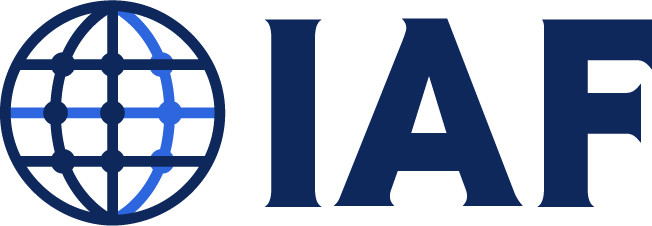As long as there has been data, there has been observational data. The whole basis of science is running experiments and recording the results, or “observed data.” Just as sensors have accelerated mankind’s ability to understand nature, the emergence of the Internet has made recordable observation of individuals, both identified and not, more feasible. Smart phones, as the chronicler of our lives, have accelerated a trend toward the recording of observational data that is furthered by the Internet of Things.
Marketing’s purpose is to drive demand. It is not surprising that the acceleration of observed data has been adapted to fuel demand by identifying those most likely to buy. It also is not surprising that observational data is used to measure the effectiveness of the advertising used to inform individuals making buying decisions.
So, over a generation, advertising, supported by observational data, has become the primary means of supporting digital media. Policymakers made explicit choices that made that possible. I sat in the conference rooms where those policy choices were made. As a result, businesses were built, explicitly and implicitly, on those policy decisions.
During this century, there have been policy attempts to limit online observation. The purposes of most of those policy initiatives have been to make online tracking more visible and to give people options to limit that tracking. However, as visible as the notifications were, they never quite captured the numbers of parties that watched activity to trigger demand and measure the effectiveness of advertising. In the end, they just measured advertising and marketing.
Well, manipulation of elections seems to be a greater angst trigger than online tracking for marketing purposes. Moreover, the micro-targeting of segments of the population with misinformation seems to be a bigger trigger than ever. The strange truth is that micro-targeting has been used by political parties for decades. It is the ability to so effectively deliver misinformation through the use of observational data that alarms people. The granular segmentation of media seems to be as much at fault as the election campaign advertising delivered to the target audience itself.
But what this confluence of events has done is put observation of people at the policy target’s center. UK Information Commissioner Elizabeth Denham posted the following:

The major newspapers on both sides of the Atlantic have been focused on the observation. The latest was a Sunday New York Times story on how the arcane world of patent applications can reveal by what means data from interactive speakers might be used in the future. Indicative of the interest is the running of same story on the NBC’s TODAY Show.
These journalistic events take us back to the fact that observation has always been essential for research. As an anthropologist, I was taught to watch and record. A colleague recently used this type of old fashion observation using human eyes, paper and a pen to design improvements in the patient experience. Furthermore, observation is essential for how things will work going forward. Smart cars need to watch to be smart and need to record to get better. Medical devices will be linked together and with smart medicines and personal sensors. Education will be improved through a better sense of how to personalize teaching, fed by observation. Lastly, audiences like advertisement supported entertainment and news. So, blunt bright line rules will not work, even though some proposed legislation would do just that.
Therefore, the IAF will kick off a project on principles for observation as part of focused data stewardship at a summit this Summer. Initial results will be published in time for the for the International Conference of Data Protection and Privacy Commissioners. It is time for a discussion on how observation can occur while still being fair.
Related Articles
